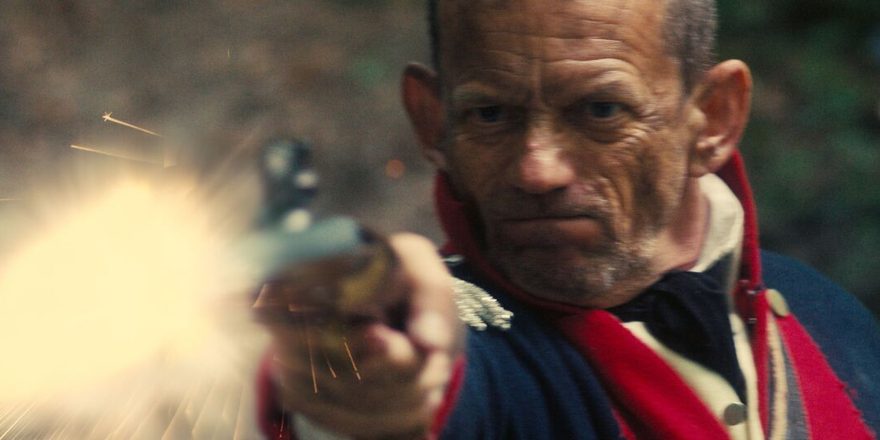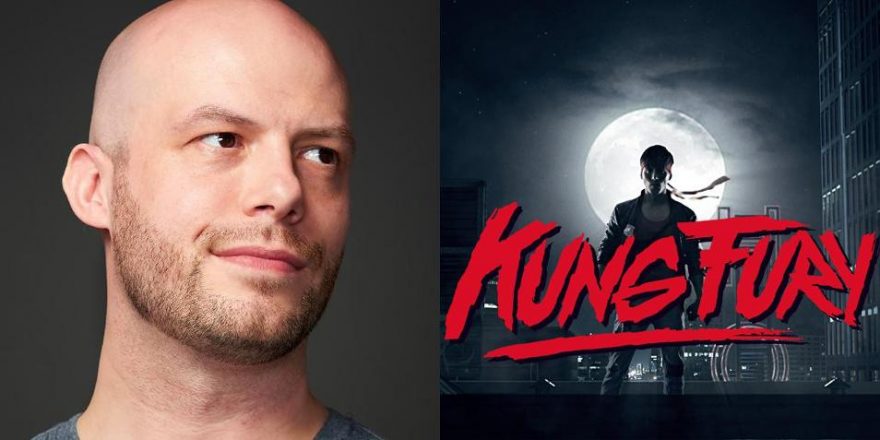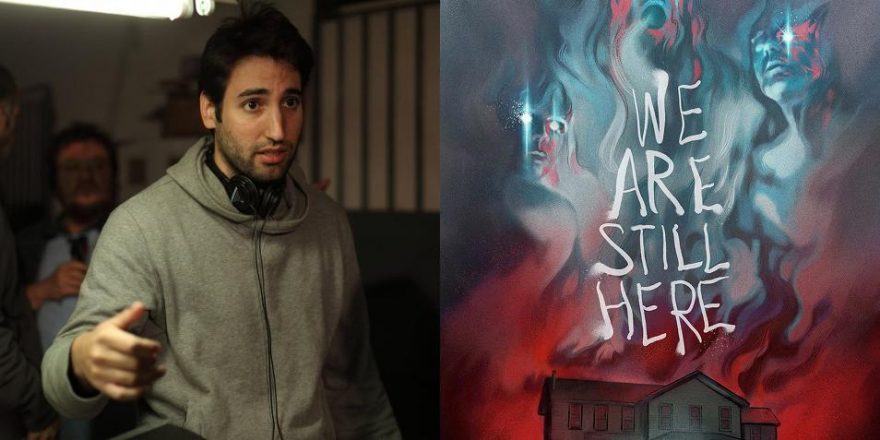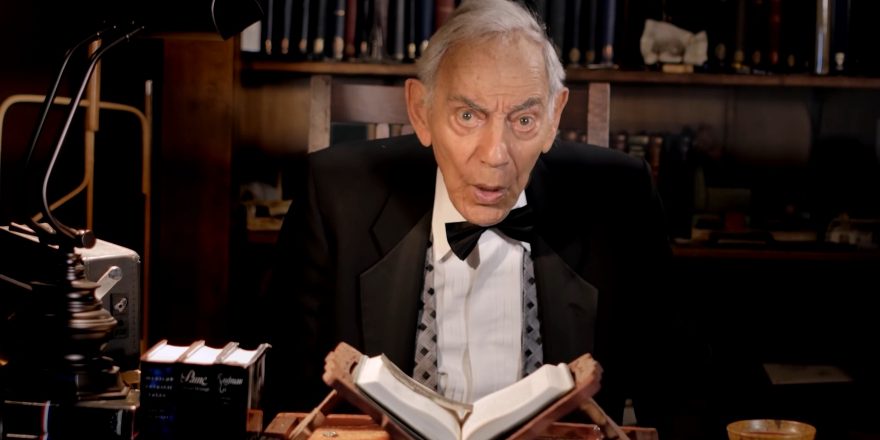The more things change, the more they stay the same … but before we tackle that beast of an opening statement, let’s start with art.
I’ve always thought that a responsible creator should put him or her self into every second of their art. Whether sadness, joy, confusion, or knowledge, the ability to place a piece of your essence into your creation, quite literally, is the artist’s version of parenthood.
As a young fan of horror and science fiction, I yearned to know what kind of people created the cinema I’d fallen in love with and, early on, found myself particularly enamored with the sociopolitical messages of George A. Romero. From his unflinching portrayal of the collapse of the American neighborhood in Night of the Living Dead to Dawn of the Dead’s scathing take on rampant consumerism, the late director made no excuses for his liberal politics – nor did he apologize for sharing those beliefs via his art. I swooned over his ability to wax poetic about all that was important to him while still creating enjoyable, intense genre cinema.
Romero, like a large number of modern genre filmmakers, chose to resist through his art. From Jordan Peele’s masterful look at racism, Get Out, to Joe Lynch’s blood-drenched takedown of corporate despots, Mayhem, fantastical entertainment gives us the ability to frame reality with the unbelievable, often making it far more palatable to the masses. And as my home, the United States of America, found itself under the tyrannical rule of a xenophobic tyrant, I was relieved to see genre films rise to the occasion and strike back – as only the realm of the grotesque could.
Now, about things staying the same …
My 2015 directorial debut, We Are Still Here, was an unabashed love letter to the exploitative, melodramatic Euro horror movies I found myself drawn to after utterly exhausting Romero’s oeuvre. For my follow-up, I wanted to do something markedly different, and something which embodied the adult that politically-inclined, horror-loving kid grew into. As my country devolved into madness, I set my sights on its troubled youth, and the painful truth my white countrymen needed to face: our hateful forefathers, unaware they stood on the wrong side of history, planted the seeds that grew into the vile, equally-unaware society of 2018. Whereas We Are Still Here was the tale of a modern community wrestling with the sins of their past, I determined my follow-up would be set in that past, a story about how foul, centuries-old actions can resonate today stronger than ever.
The result was Mohawk, an angry, dramatic thriller set during the end of the War of 1812. At this point in America’s history, New York’s Mohawk Nation is being ruthlessly slaughtered by the country’s new inhabitants, but, still recovering from the bloodshed of the American Revolution, has remained doggedly neutral. The British, determined to win over the indigenous people of North America, have sent “Indian Agents” into their villages, arming them against their new aggressors. Incited by tales of rebellion, one headstrong young Mohawk sets fire to an American camp, killing dozens of white men; however, seven militiamen escape the blaze and, fueled by revenge and blind hatred for the “violent savage,” give chase.
Mohawk is not a film about heroes and villains – it’s a film about the decimation of an indigenous people at the hands of men oblivious to horrific nature of their actions. While the plight of the Mohawk people is front and center, nearly half of the film’s runtime is spent with its antagonists, a scared, angry battalion of white yes-men. These men aren’t out to “Make America Great Again” … these are their ancestors: the pioneers who set out, muskets in their bloodstained hands, to “Make America Great.”
The group’s leader, the racist Colonel Holt (played by Ezra Buzzington, above), is not a proto-Trump, but a proto-Trumper. He is a wildly proud American who, after decades of religious and political indoctrination, knows beyond a shadow of a doubt that the only way his young country will succeed is through actions of the white man. He doesn’t care to understand people of color and, when he discovers that one of them has set fire to his camp and killed his “innocent” men, he refuses to acknowledge the violent act was retaliation for countless far more horrific atrocities committed against an already-marginalized people.
I’ve described Mohawk as a home-invasion film where North America is the home, but home-invasion movies typically feature villains who are aware that they are the villains. Like the uncle you refuse to talk to at Thanksgiving, Holt is utterly incapable of seeing that he is the bad guy. All he wants to do is build a better, safer America – one brown scalp at a time.
The story’s other main characters are a trio of young lovers – a British “Indian Agent” and two Mohawks – whose lives lie in stark contrast to Holt’s blind bloodlust. The matriarchal Mohawk people, whose wartime haircut became an enduring symbol of the anti-establishment, embraced a more hedonistic existence, open polyamory, and – like many indigenous Native American peoples – sexual fluidity. Theirs was a vivid, passionate society – ahead of its time, and utterly terrifying to the puritanical new Americans. In Mohowk, the nebbish translator, Yancy, says to his companions, “The Mohawk are dirty dealers … liars …” And then, to stoke the fires of his compatriots, adds, “They’re cannibals.”
The Mohawk’s name and reputation preceded them, and their struggles not only continued, but were mirrored countless times by other marginalized people in the two centuries since the War of 1812. From 1990’s Oka Crisis, when the Canadian government attempt to take back sacred Mohawk land, to the fear-mongering Islamophobia propagated by President Trump, stories of the relegated set upon by the powerful are unfortunately as persistent as they are horrifying.
I continually ask myself if, by telling this utterly horrifying story, I’ve actually made a horror film. A large part of me says no. I’ve been honored to tell the story of a proud people who faced annihilation and survived – a human drama awash in horrible moments. The other part of me wakes up in the morning, looks at the news, and tries to come to grips with the fact that my young country, birthed from hatred and genocide, is a horror movie.
The events of Mohawk exist in a time America has all but forgotten, yet the decisions made 200 years ago still cut through every facet of American life. Colonel Holt lives in every corner of every town, and so do his blind companions, feeding off his every hateful word.
Thankfully, the resistance of Mohawk’s young lovers lives on, as well – from the Water Defenders of Standing Rock to the Black Lives Matter and #MeToo movements, and the countless men, women, and children who defy, every day, forces that set out to annihilate where they come from, what they stand for, and who they love.
I am honored to have been able to tell a story of the Mohawk Nation, and have expanded my world by learning more about a people who, though native to the land I call home, were previously foreign to me. I hope that the film birthed from these lessons will, in turn, advance the conversation.
The more things change, the more they stay the same. Mohawk’s hateful, fear-fueled America is still alive and well. Here’s to a day it isn’t.







